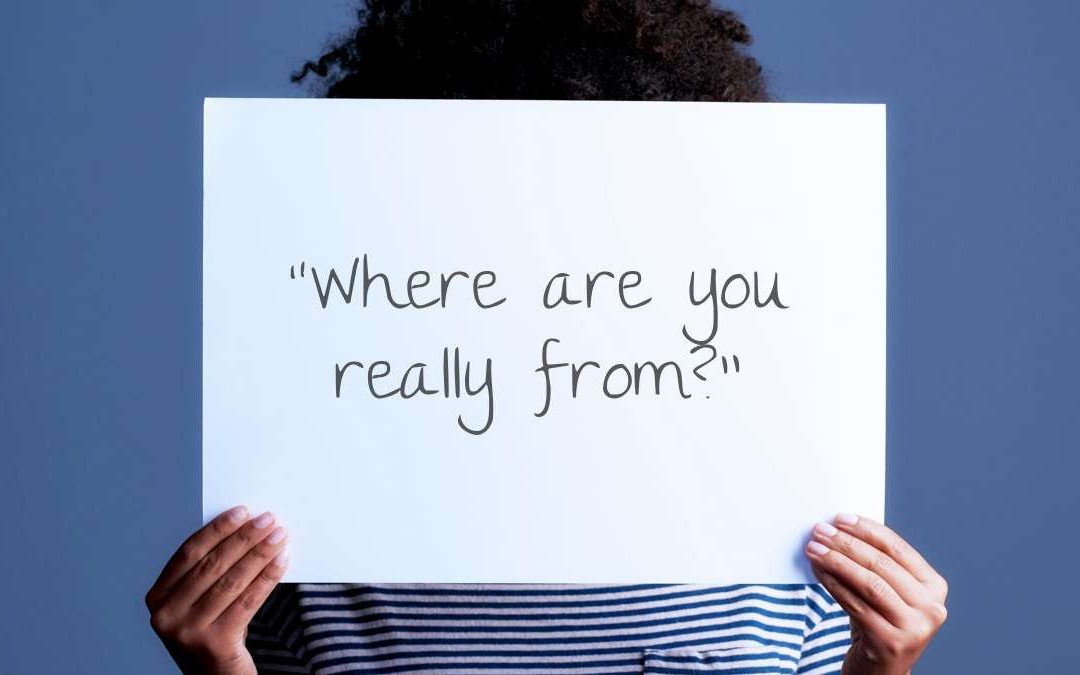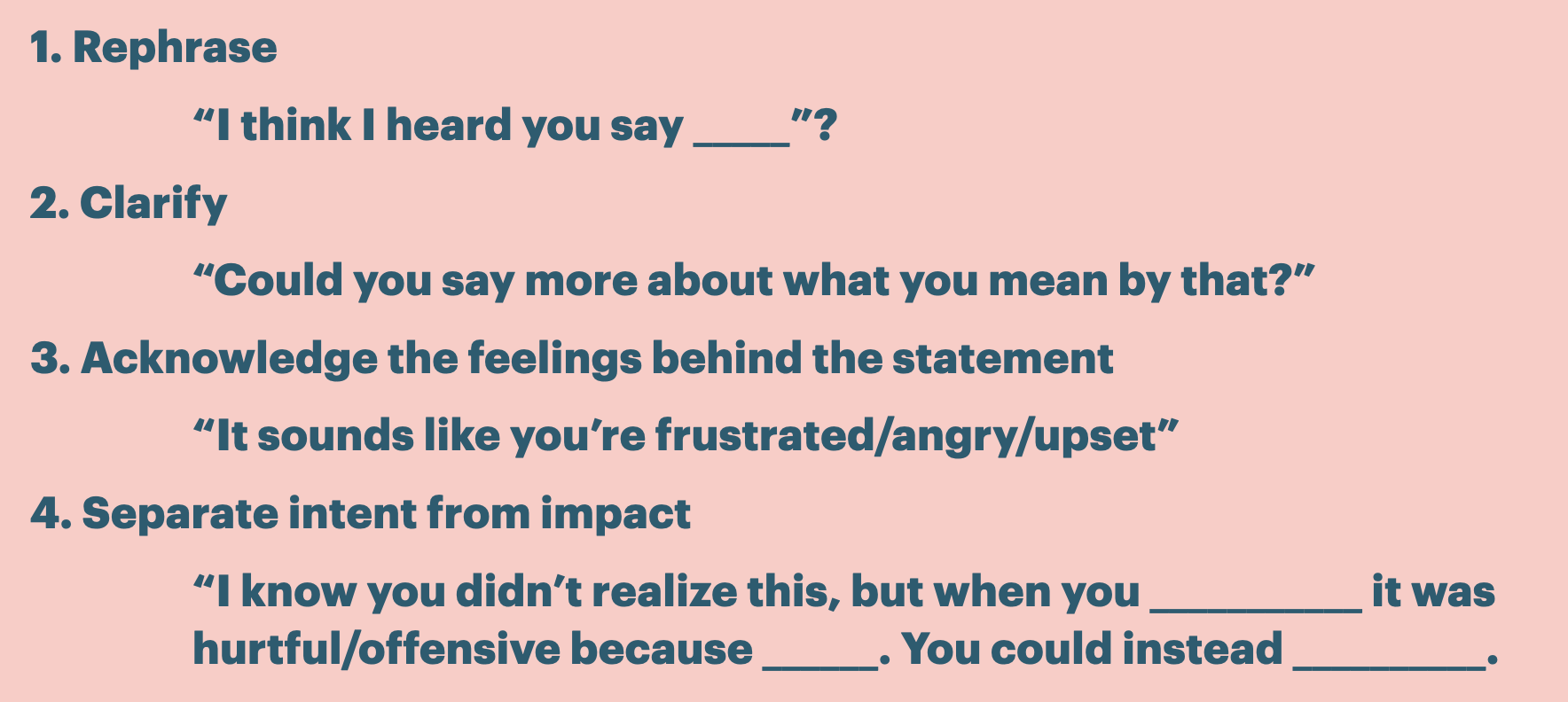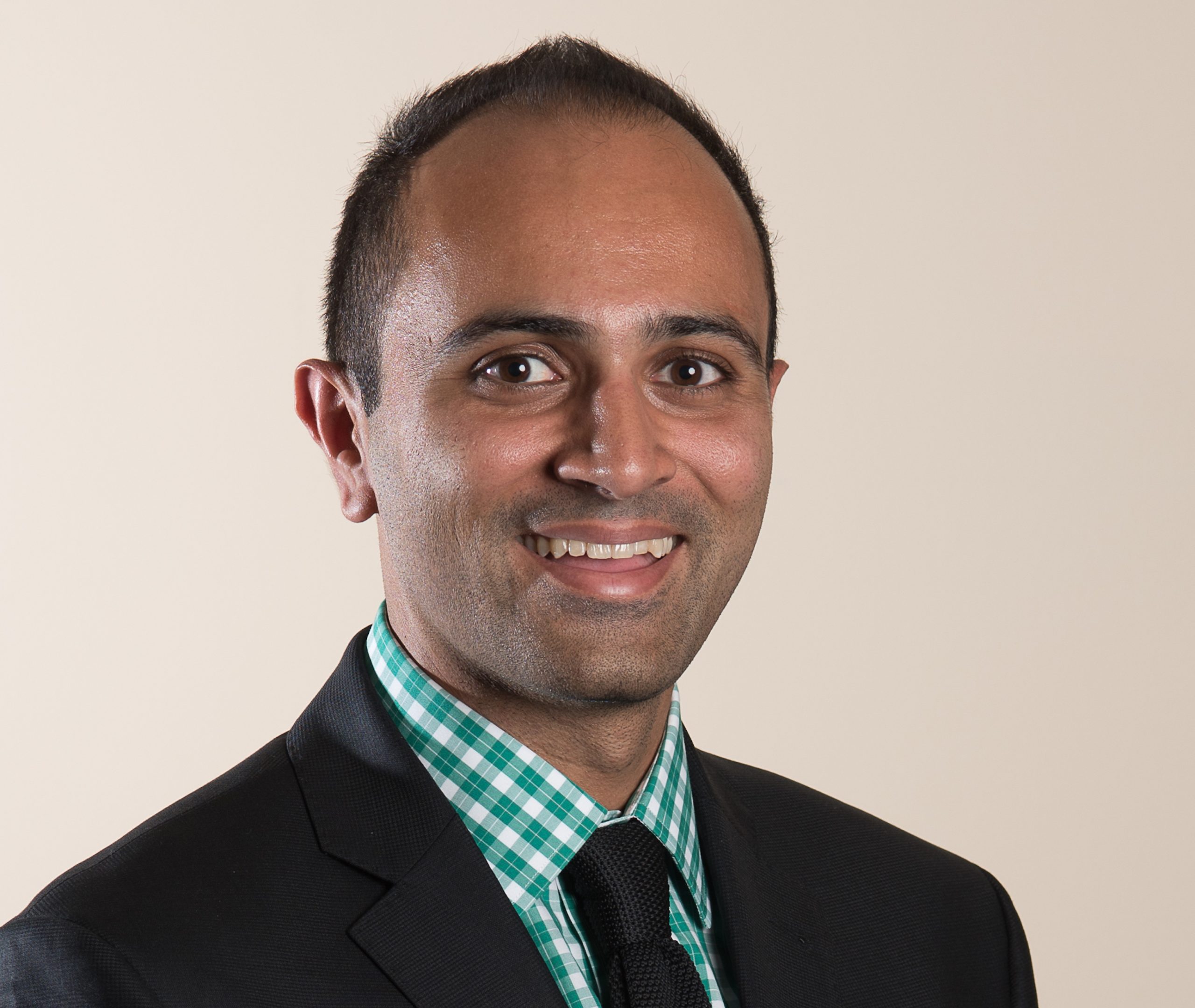We’ve previously spent some time talking about implicit bias and its impact on patient care.It is of course important to recognize that we all have elements of implicit bias – these blindspots are programmed within us, and recognizing them is an important step in helping to provide better, more all inclusive care to our patients. In conjunction with implicit bias, we’re often exposed to microaggressions in healthcare as a product of a slowly evolving negative workplace culture.
There are two facets in which one will encounter implicit bias or microaggressions – one is through providing care, and the other is through the lens of being a provider. This may come from patients, or the people that we are working with. Developing an approach to these interactions is important, because while instances of implicit bias or microaggressions may seem trivial; compounded over time, they can feel like a death by 1000 paper cuts. Experiencing these types of bias can be as harmful as more overt expressions of discrimination and can have a significant negative impact on one’s mental and physical health.
Microaggressions
Microaggressions are “prejudices that leak out in many interpersonal situations and decision points; they are experienced as slights, insults, indignities and denigrating messages“.
“I don’t see colour”
“You speak great English”
“Your hair is really big today!”
“All lives matter”
Whether it be implicit bias or microaggressions towards practitioners or patients, both impact the care that we provide as well as our collective experience. So recognizing that we may all be complicit in committing these is important, but what do we do about it?
Responding to Implicit Bias and Microaggressions
If you personally experience a microaggression/implicit bias, or you happen to witness it – the next question is what is the best way to respond? Well, first you need to ask yourself a few questions:
- If I respond, could my physical safety be in danger?
- If I respond, will the person become defensive and will this lead to an argument?
- If I respond, how will this affect my relationship?
- If I DONT respond, will I regret not saying something?
- If I DONT respond, does that convey that I accept the behaviour/statement?
Once you’ve considered your feelings about a response, you next need to consider at timeline:
Let it go
For a long time, especially in medicine, this was the most common response. But this is akin to death by a 1000 paper cuts, it slowly needles at you. Sure – it can be emotionally draining to tackle these issues, but silence also takes out an emotional tax, and reinforces ideals that shouldn’t exist
Respond Immediately
Addressing the issue immediately seems like the most logical approach; but the person may become defensive, the target may feel like they ‘lost control’ or that they’re ‘a troublemaker’.
Respond later
Bringing an issue up later helps to take a lot of the emotion out of the issue, but then can be viewed through a tainted lens with a ‘time lag’, or you may be considered to be resentful or holding a grudge
All that, ultimately to say – that determining when and how to address an implicit bias or microaggression can be very challenging. However, one thing is very clear – if an issue, or the relationship is important to you, you can’t ignore it.
Microaggressions can be us doubt the legitimacy of our emotions. Allow yourself to feel your feelings; anger, disappointment, resentment, frustration etc. These feelings matter, and they’re relevant for how you should address the issue. For strongly negative emotions, like anger, it may be better to bring the issue up later. If you’re confused, or view it as a good educational moment – perhaps you should address it then. If you’re exhausted from the experience, or from work itself maybe it is better to just let it go (for yourself, not necessarily the perpetrator).
When confronted with a microaggression or implicit bias you need to consider how you want to be perceived now, and in the future. There are consequences to speaking up and to remaining silent – in any given situation you need to weigh your own personal values and energy levels to decide what is best.
You decide to wade in…
If you decide that you ultimately want to address an issue or transgression, the most important thing to remember is that you want to invite that person in to start a conversation, rather than being antagonistic. A hostile approach is only going to widen the gap on the issue. Since microaggressions and implicit biases are often a product of our blindspots, when people are made aware to them – they may actually be very receptive to change, assuming, that you haven’t tried to start a fight.
Disarm

If you decide to confront a microaggression, anticipate that you first need to disarm the person who committed it. We tend to avoid conversations on difficult topics (like race) because it makes people defensive; people are inherently afraid of being called out as racist/sexist/homophobic etc. It is probably worth explaining that the conversation might be awkward, but an important part of the ‘becoming anti-racist’ paradigm is to sit with your discomfort.
Apply Logic
Present to them a rational argument, using your own lived experience, and lessons learned
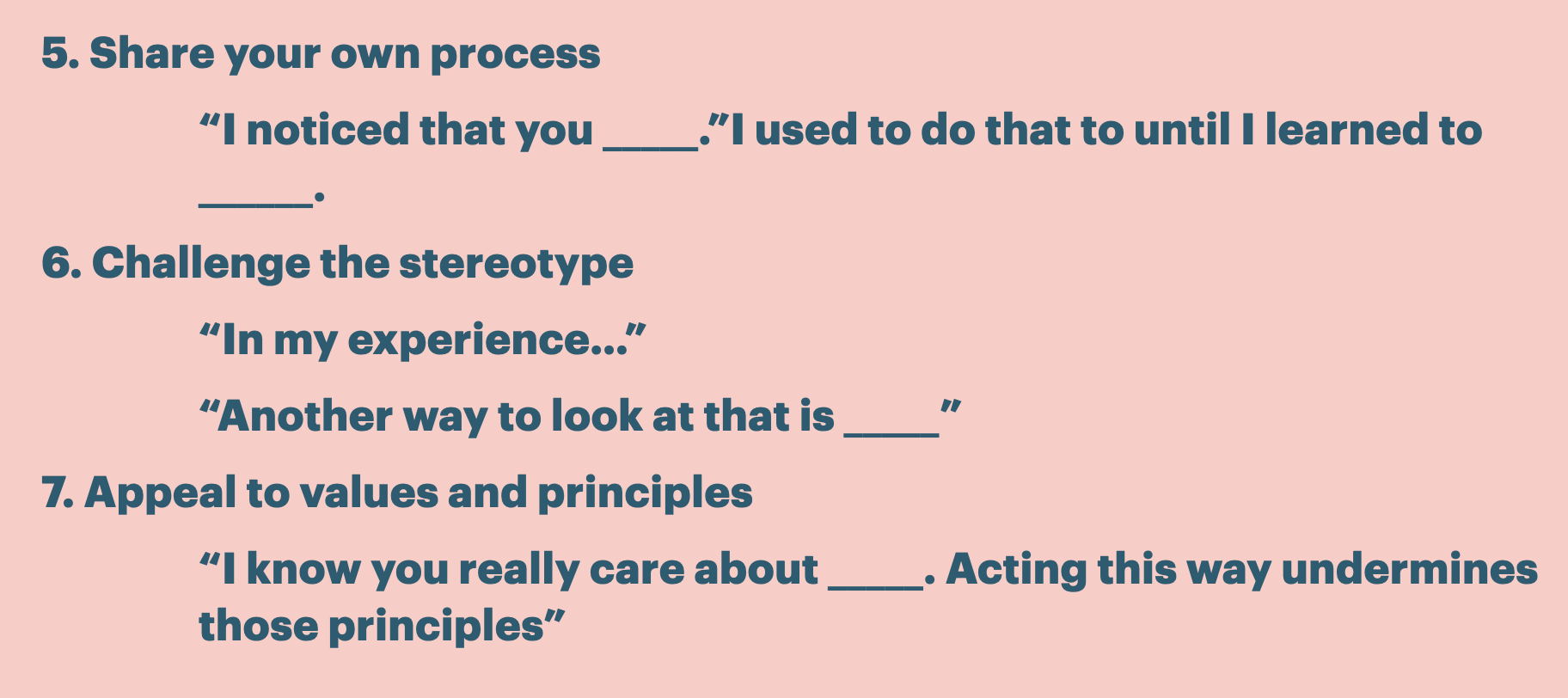
Find creative ways to get your message to stick
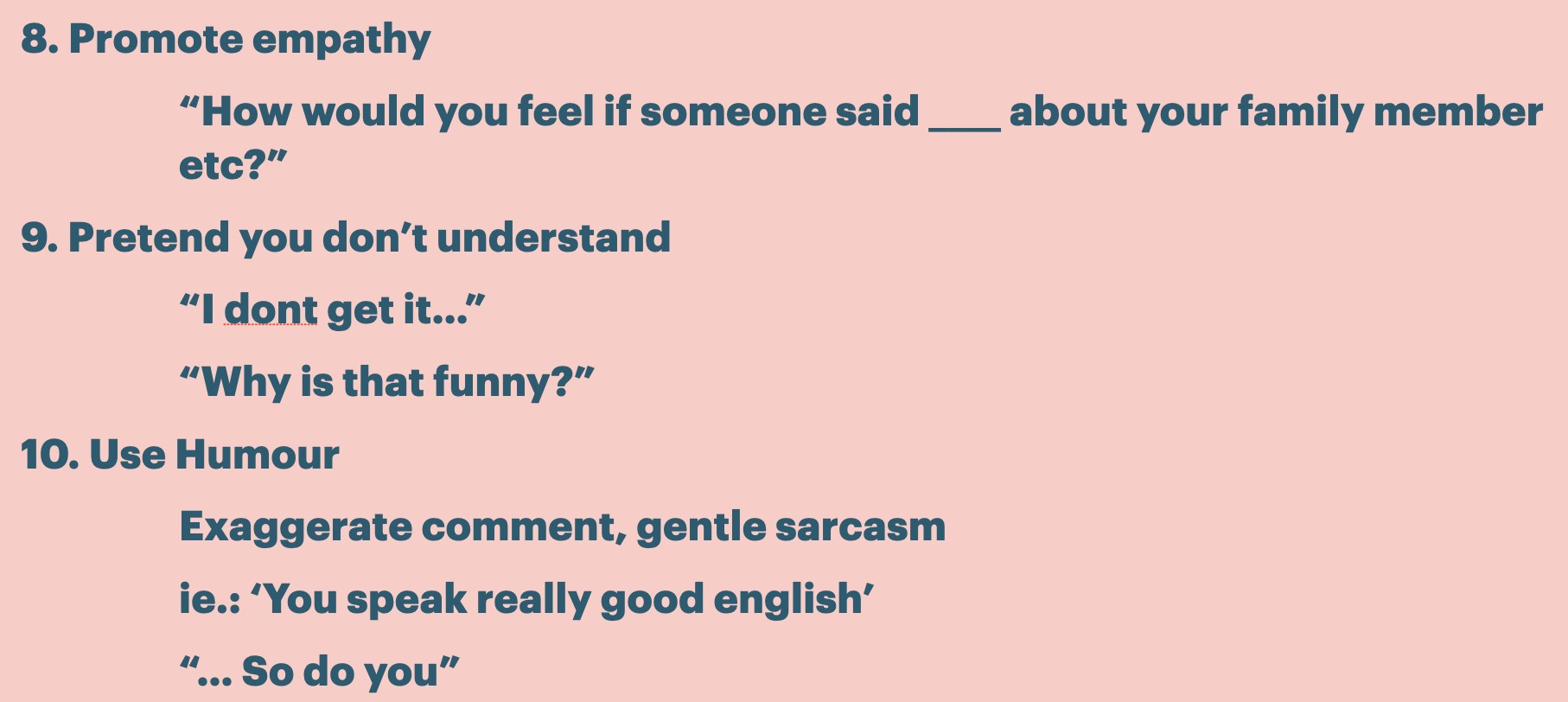
You must decide how you will let this event impact you
Your visceral response to an event is as important as addressing an issue. This isn’t just true for EDI related incidents, but all things that we encounter in medicine. Difficult consultant or patient interaction? Bed block? Overcrowding? You can let these things ruin your shift, day etc. if you want it to – you are ultimately in control of your response, and how it is going to impact you.
Allyship and Privilege
We all have different degrees of privilege – whether it is our race, socioeconomic status etc. Sometimes we directly experience implicit bias, but sometimes we witness it and want to be supportive. It is important to understand the lens of privilege. A personal anecdote – when I was younger, I went into a bathroom and used the bigger stall. When I came out, there was a person in a wheelchair, just waiting to use that stall, and we were the only two people in there. It wasn’t that there were no other spaces available to me – I took the only space available to that person.
Understanding privilege is recognizing that if we are not careful or mindful, we can take space away from someone else because we were not thinking of them.
The work of allyship is difficult, you will make mistakes as you learn – and you will always be learning. When it comes to the consideration of microaggressions and implicit bias through the lens of allyship, some thoughts:
- Intent does not supersede impact
- If you say something that you mean as a compliment, but it is perceived as an insult; your intent was good, but your impact was bad. You didn’t mean to, but you caused harm, so one should apologize. I appreciate that people don’t want to feel like they’re wrong – but if you hurt someone, you hurt someone. If you stepped on someones toe, and they said ‘ouch’, you wouldn’t say; “I didn’t mean to do that, stop being so dramatic”, you’d just say sorry.
- Seek to understand the experiences of marginalized populations without making them feel responsible for your education.
- Believe your colleagues when they choose to share their insights – don’t get defensive or play devil’s advocate. We love to talk about the scientific merit of everything in medicine, but sometimes representative data is exactly that – representative of a lived experience.
- Get comfortable rethinking much about what you thought to be true in the world, and recognize that ALL OF US have been complicit in some context of producing inequality.

